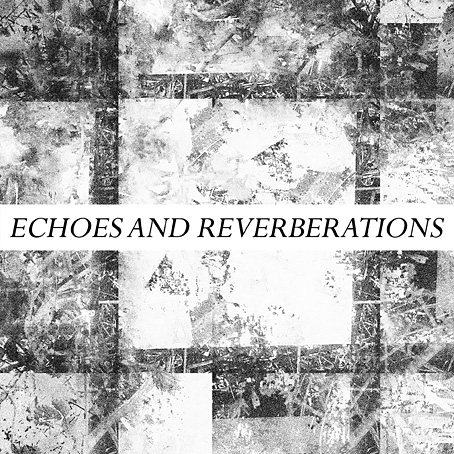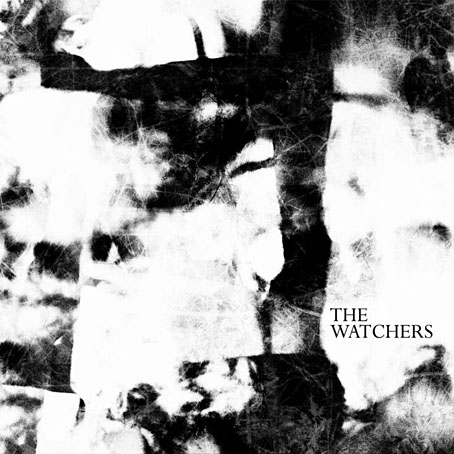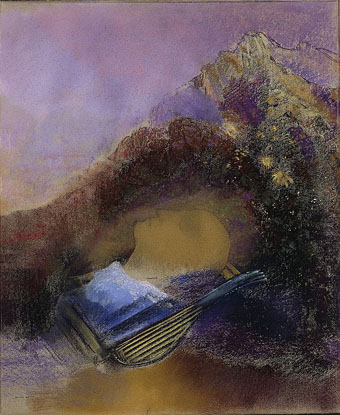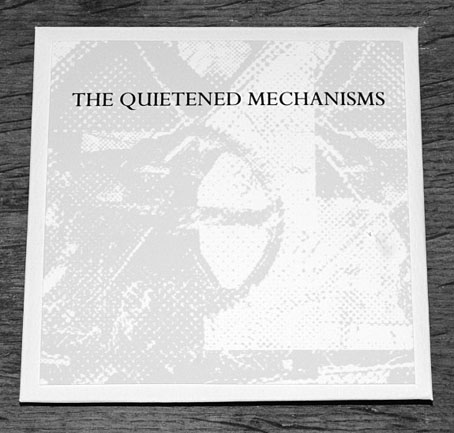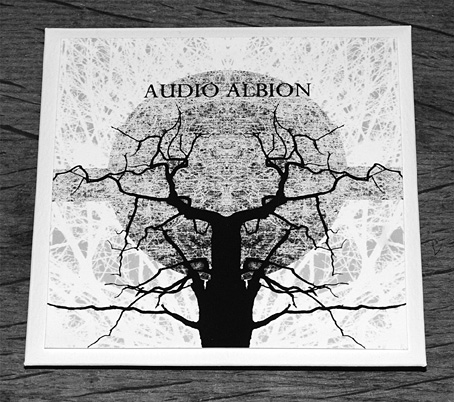Echoes And Reverberations, the latest themed collection of music presented by A Year In The Country, has a title that might refer to the Hauntological idiom in general. Not so much nostalgia, more the refashioning of memories, or imagined remembrances of the past, into something new.
Echoes And Reverberations is a field recording-based mapping of real and imaginary film and television locations.
It is in part an exploration of their fictional counterparts’ themes; from apocalyptic tales to never-were documentaries and phantasmagorical government-commissioned instructional films via stories of conflicting mystical forces of the past and present, scientific experiments gone wrong and unleashed on the world, the discovery of buried ancient objects and the reawakening of their malignant alien influence, progressive struggles in a world of hidebound rural tradition and the once optimism of post-war new town modernism.
Track list:
1) Grey Frequency—King Penda
2) Pulselovers—The Edge Of The Cloud
3) Dom Cooper—What Has Been Uncovered Is Evil
4) Listening Center—From Bull Island To Avondale
5) Howlround—Smashing
6) A Year In The Country—Not A Playground
7) Sproatly Smith—Gone Away
8) Field Lines Cartographer—Mr Scarecrow
9) Depatterning—The Ogham Stones
10) The Heartwood Institute—Ribble Head Viaduct
Using field recordings as a basis for music or sound art is as old as musique concrète, but the processes of Pierre Schaeffer and his followers were cumbersome and limited, and the results were invariably placed in the frame of Serious Music. The limitations of the approach can be seen in how quickly this avenue of exploration ran its course. It’s taken the flexibility and widespread use of digital sound tools to revitalise a moribund form to a degree that an acclaimed TV series like Chernobyl can use field recordings for a score (by Hildur Gudnadóttir) that matched the power of the on-screen drama.
The first piece in Echoes And Reverberations, King Penda, immediately caught my attention for the reference to David Rudkin’s Penda’s Fen, another TV drama with notable sound design by Paddy Kingsland of the Radiophonic Workshop. I thought the industrial thuds and clangs summoned by Grey Frequency might be taken from the scene where Stephen and his mother travel into Birmingham, but the release notes reveal that the sound source is the church where Stephen plays the organ, and in a later scene experiences a different kind of summoning. Whatever the source, the suggestion of menace suits a film whose transcendent message has to rise through an atmosphere of oppressive malevolence.
The Radiophonic Workshop is the ghost at this particular feast, unsurprisingly when the majority of the pieces are based on film and TV dramas from the Workshop’s golden decade, the 1970s: Flambards (The Edge Of The Cloud by Pulselovers, a beautiful piece of solo violin and piano with birdsong accompaniment); Survivors (Gone Away, a brittle instrumental by Sproatly Smith); and No Blade of Grass (Ribble Head Viaduct by The Heartwood Institute, a lumbering theme for one of the many angry and violent apocalypse films of the 70s). Of the other pieces Dom Cooper’s What Has Been Uncovered Is Evil takes the Hammer film of Quatermass and the Pit as its focus, creating a soundscape of sinister electronics in a nod to Tristram Carey’s Martian soundtrack, while the equally sinister electronics of Field Lines Cartographer’s Mr Scarecrow follows Stephen Gallagher’s gene-splicing thriller, Chimera, to the rain-drenched Lake District. The shadows of disaster lying over this release feel uncomfortably timely when the past week in Britain saw a heatwave like something from The Day the Earth Caught Fire, while this week we’ve had a village evacuated after torrential rains have threatened a dam with collapse, and an announcement from China about “hybrid chimeras“.
Echoes And Reverberations will be released on 16th August, and is available for pre-order now.
Previously on { feuilleton }
• The Watchers
• The Corn Mother
• The Quietened Mechanisms
• The Shildam Hall Tapes
• Audio Albion
• A Year In The Country: the book
• All The Merry Year Round
• The Quietened Cosmologists
• Undercurrents
• From The Furthest Signals
• The Restless Field
• The Marks Upon The Land
• The Forest / The Wald
• The Quietened Bunker
• Fractures

